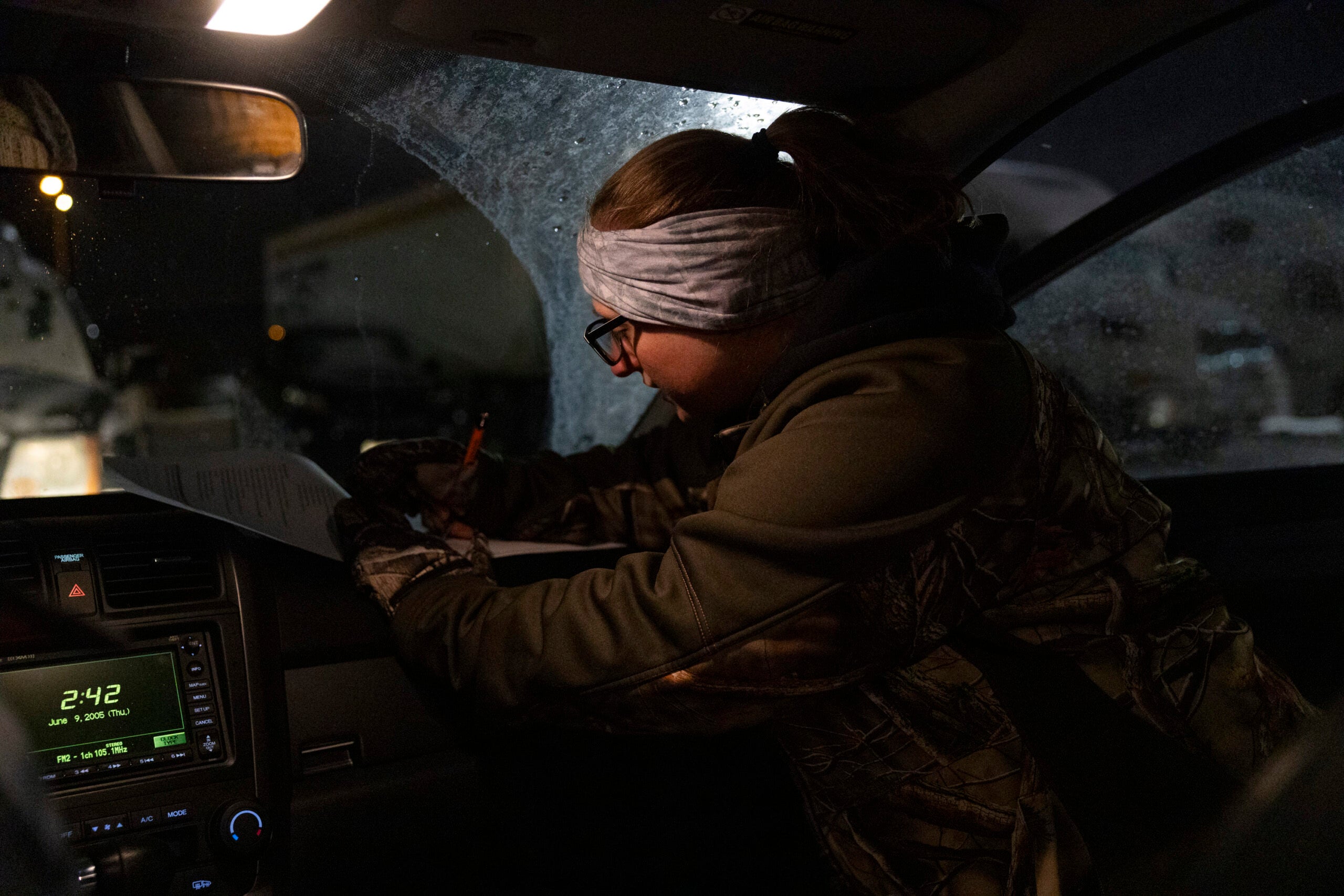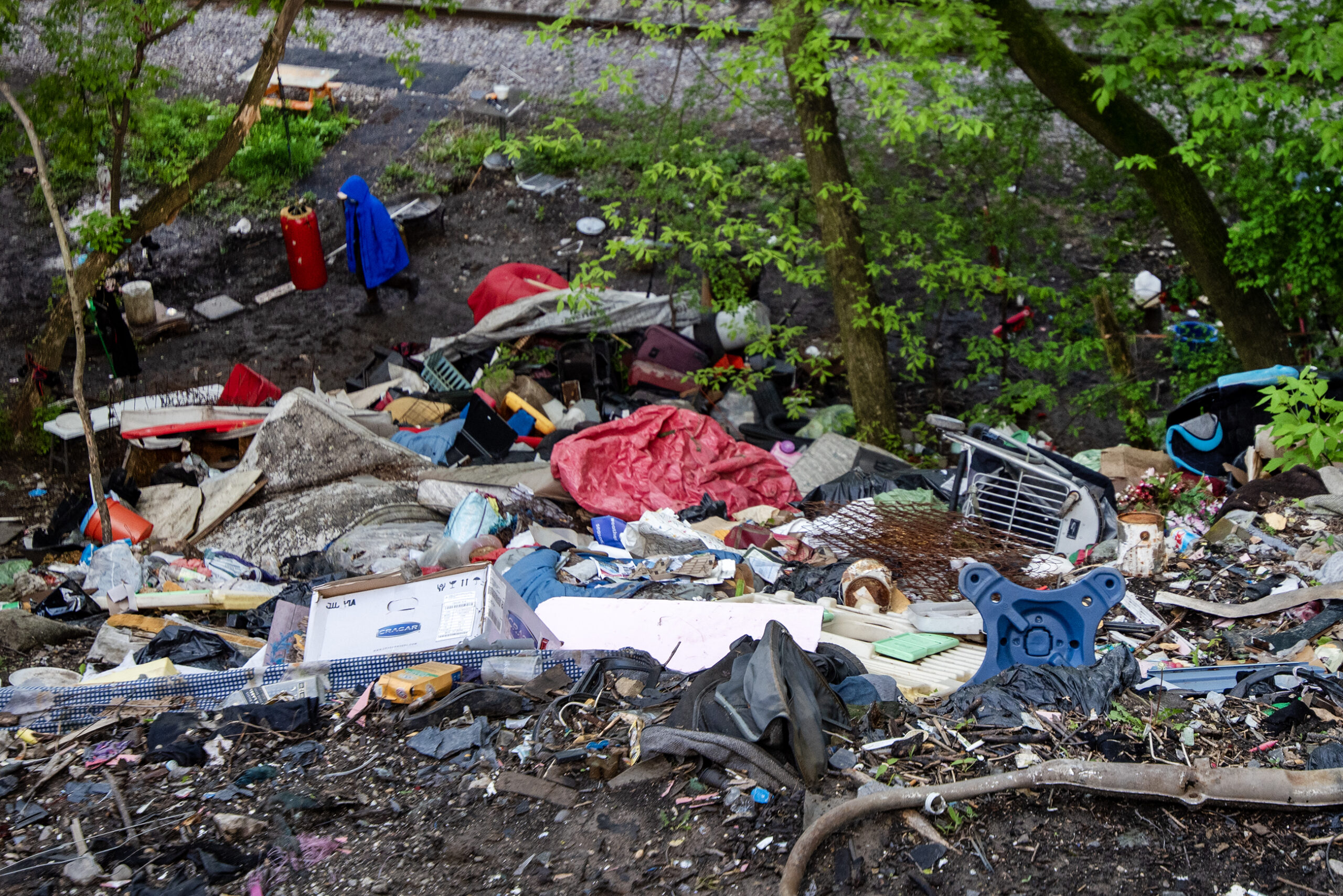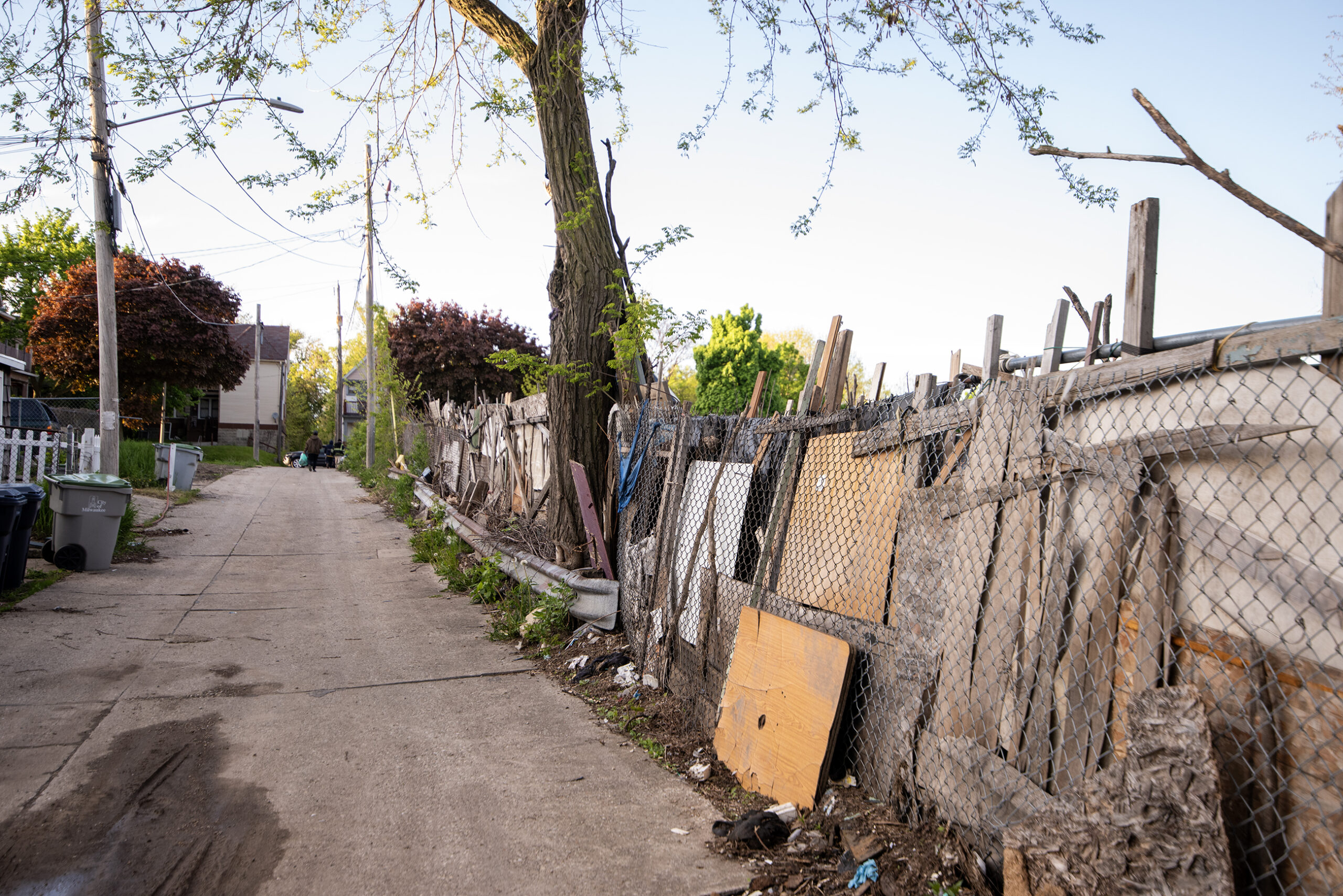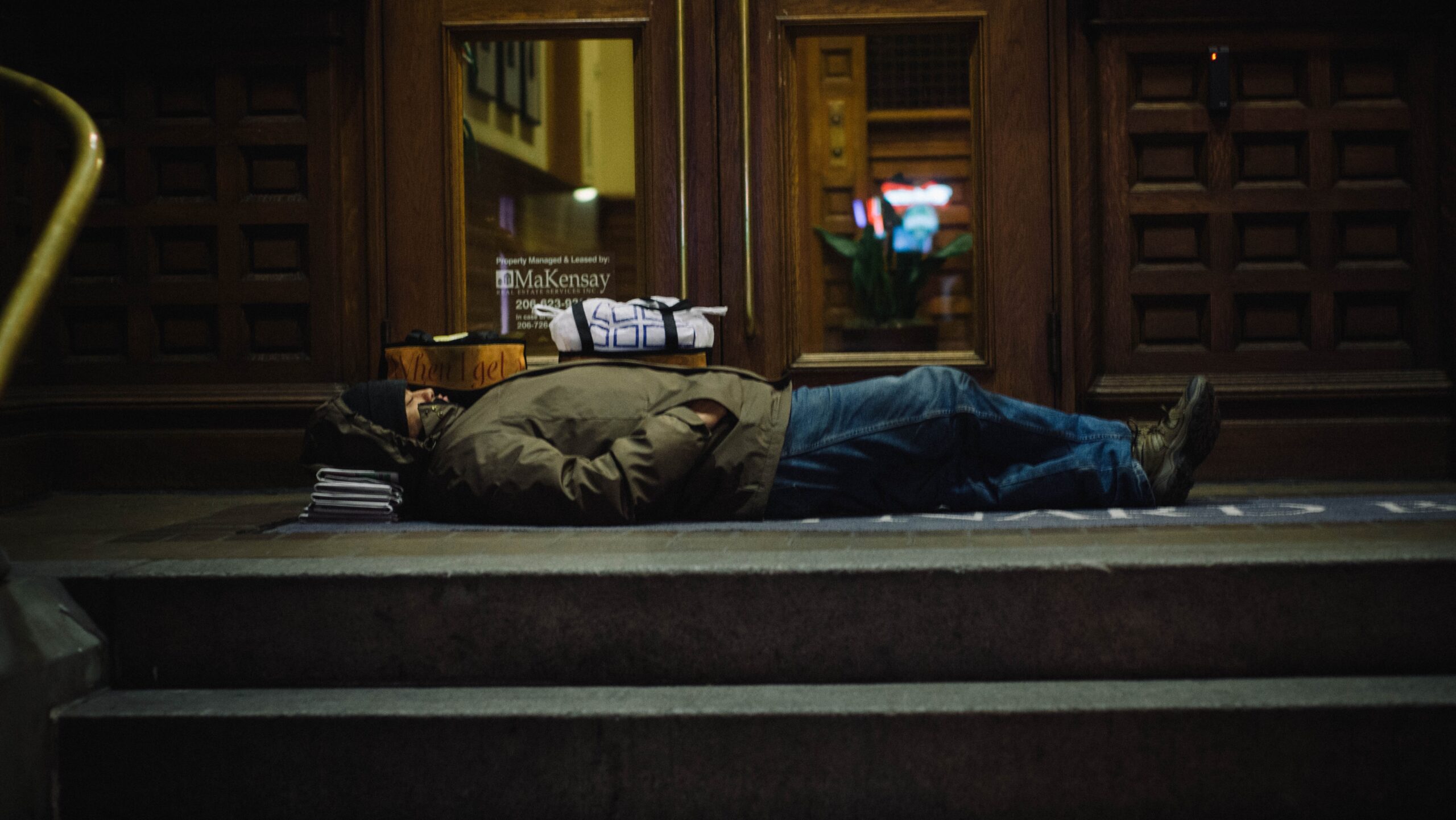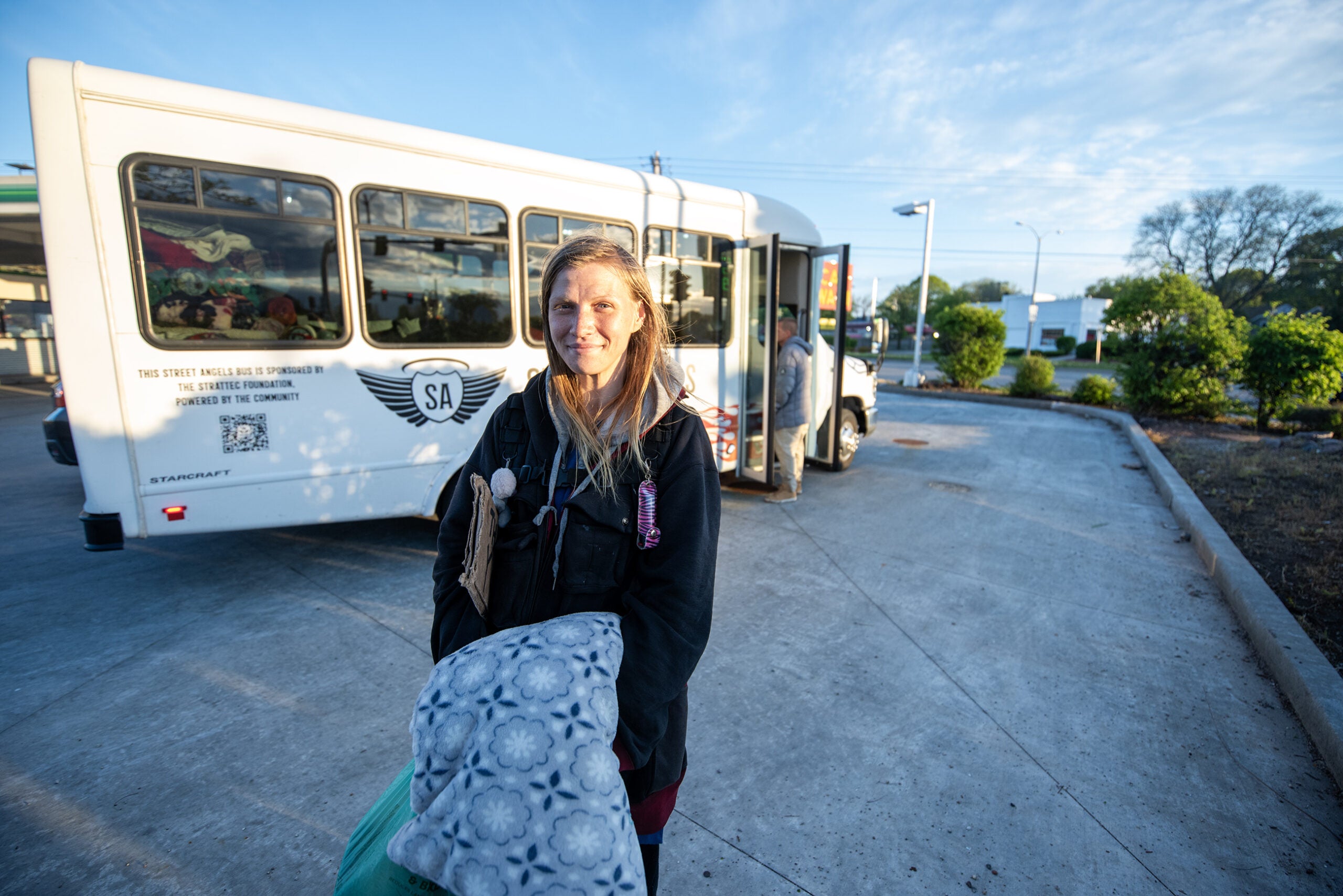Homelessness in America spiked last year, reaching a record high, according to an annual count that provides a snapshot of one night in January. The report, released today by the department of Housing and Urban development, found more than 650,000 people were living in shelters or outside in tents or cars. That’s up a whopping 12% from the year before.
To advocates, it hardly comes as a surprise.
Stay informed on the latest news
Sign up for WPR’s email newsletter.
“We simply don’t have enough homes that people can afford,” says Jeff Olivet, executive director of the U.S. Interagency Council on Homelessness. “When you combine rapidly rising rent, that it just costs more per month for people to get into a place and keep a place, you get this vicious game of musical chairs.”
Homelessness has been rising since 2017 in large part because of the country’s massive shortage of affordable housing. There was a pause during the pandemic, and Biden administration officials say that’s because of sweeping federal aid that kept people from getting evicted. But last year, in a triple whammy, that aid started running out. Inflation spiked to its highest level in a generation, and median rent hit a record high. Research has found that where rents rise, so does homelessness.
This year’s big jump was driven by people who lost housing for the first time, which Biden administration officials say reflects the sharp rise in rent. The largest increase was among families, and the count also finds a significant rise among Hispanics. Nearly 40% of the unhoused are Black or African-American, and a quarter are seniors. The annual count does not include the many people who couch surf with friends or family, and who may be at high risk of ending up on the street.
One family sleeps in a Walmart parking lot
In July, Takia Cheeks and her four children joined the surge in families losing housing for the first time.
They’d moved to Virginia so she could take a higher paying job at a corrections facility, and Cheeks was excited to no longer have to live “paycheck to paycheck.” But it did not go well. Two of her children have disabilities, and she kept having to miss work to get them enrolled in school and set up with accommodations. After six days’ absence, her employer let her go.
Meanwhile, the family’s new apartment turned out to have no hot water or AC, not even screens to be able to open the windows. Cheeks had complained, and after losing her job she was evicted in a court hearing where she had no lawyer.She put the family’s belongings in a storage unit and they all slept crammed into her Ford Fiesta in a Walmart parking lot.
“I’m not getting sleep because I’m watching over my children, because it’s a lot of people walking around,” she says. She would get everyone up at 6:00 in the morning to go to a Wawa across the street. “Therefore I know it’s not that many people in the bathrooms, for my children just to wash up,” she says.
It was so hot in the car that Cheeks’s daughter got first and second degree burns. “I had to take her to the hospital,” she says. Their rescue dog Max was also suffering so she gave him up, even though he’d been an emotional support animal for her son with autism.
After a few weeks, Cheeks got another job making deliveries for Amazon, and that let the family stay in a motel for a couple months. In October, they finally moved into a house with rental assistance, but that aid is temporary.
Migrants likely added to the higher numbers in some places
The surge in migrants showing up at shelters around the country likely also helped push up the numbers, says Ann Oliva, CEO of the National Alliance to End Homelessness. It’s not clear how many may have been included, because back in January the volunteers conducting the count did not ask whether someone was seeking asylum. But Oliva says homeless service providers who’d already been overwhelmed are now struggling with this added population.
“We saw it in the state of Maine, in Minneapolis, in Chicago,” she says. “Our big concern is that there is a huge inflow of folks that are coming into these systems without any resources for these systems to serve them.”
Oliva’s group wants the Biden administration to make it easier for migrants to legally work, and to have their asylum cases heard more quickly. She also says the federal government needs to provide far more rental assistance. Unlike food and healthcare, housing aid is not an entitlement, and only a quarter of people eligible for it actually receive a subsidy.
A few places did see a decrease in homelessness
The annual count found homelessness numbers down from the previous year in Houston, Newark and Chattanooga. “Homelessness is solvable and should not exist in the United States,” HUD Secretary Marcia Fudge said in a statement.
The Biden administration says it’s stepped up funding and streamlined the process for housing vouchers, among other things, and that helped move more people into permanent housing this year. They also point out that a record number of new apartments — about a million — were under construction.
Inflation has also eased, but housing and food remain much more expensive than just a few years ago. Food pantries say they continue to see large numbers of people. And while rents on luxury condos in some places may be coming down, the massive housing shortfall is worst for the lowest-income renters, many of whom pay more than half their income on rent.
To really bring down these numbers, advocates say there should be far more federally subsidized housing.Right now only one in four people who are eligible actually gets it, but expanding that would need more funding from Congress.
9(MDAyMjQ1NTA4MDEyMjU5MTk3OTdlZmMzMQ004))
© Copyright 2025 by NPR. To see more, visit https://www.npr.org.9(MDAyMjQ1NTA4MDEyMjU5MTk3OTdlZmMzMQ004))
